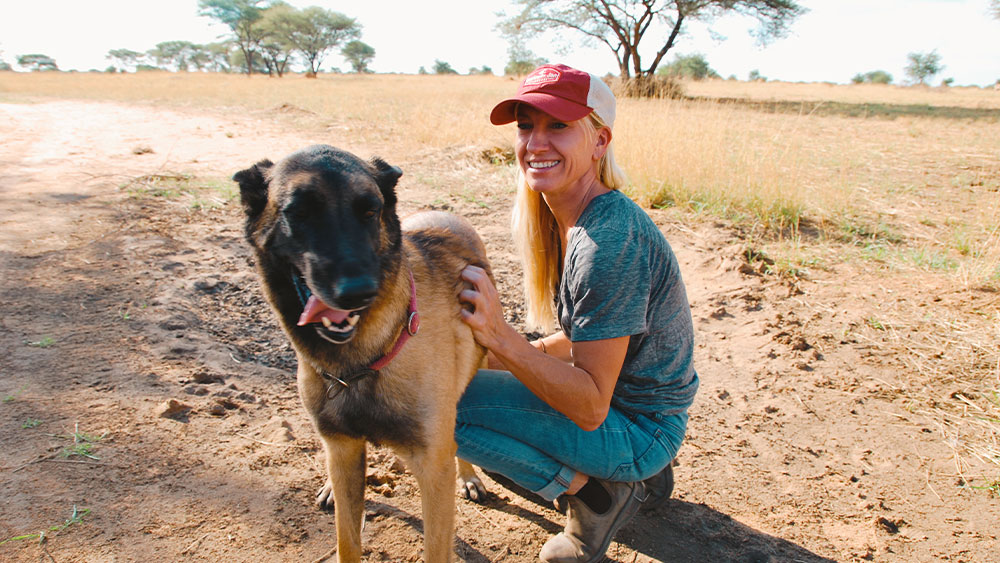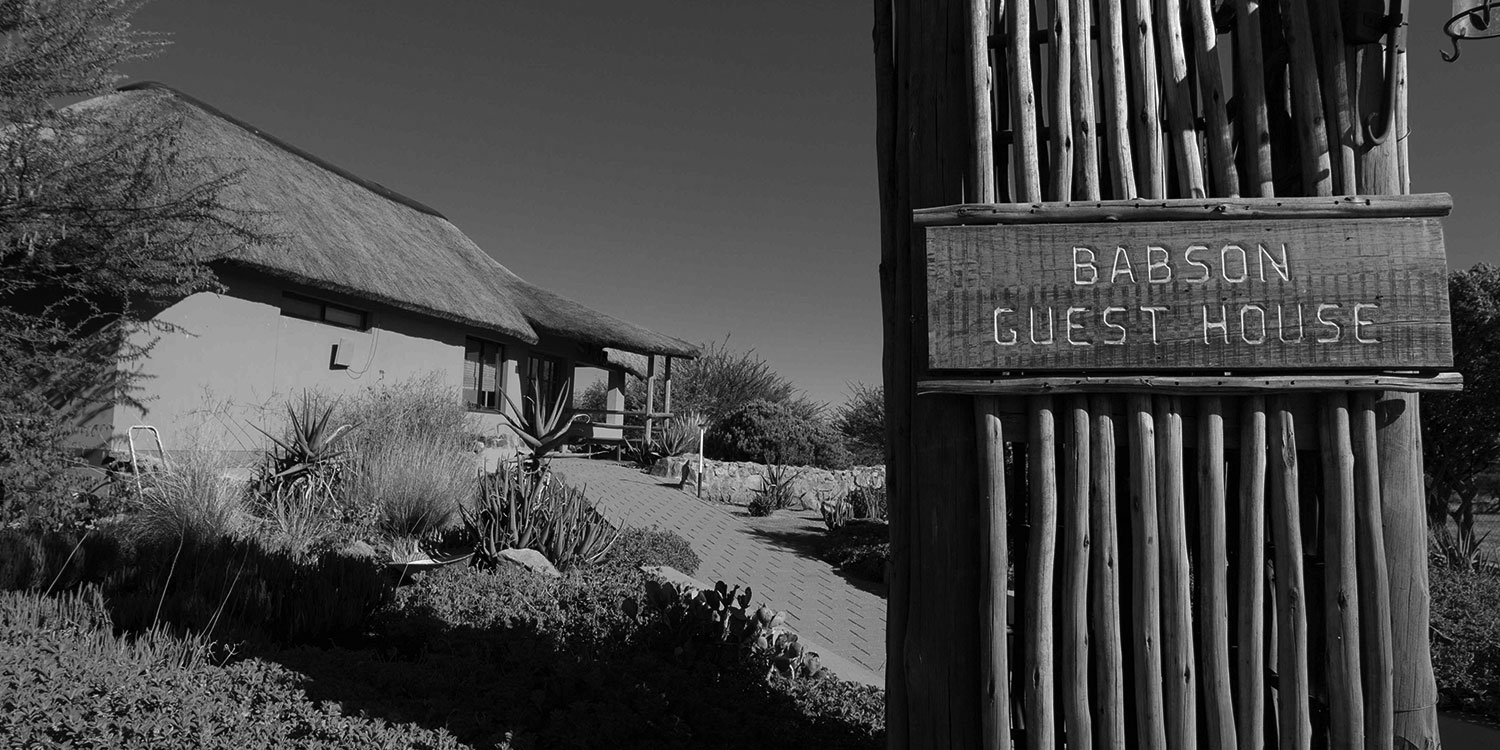Conservation Canine Visit
-

- by Julianne Ubigau April 3, 2023

I’ve worked in the field of environmental canine detection for over 16 years. When I first began working at the Conservation Canine program at the University Of Washington, I was elated to be part of a new world that was full of passionate, hard-working people who saw the scientific value in the bond between dogs and humans. I always knew that animals were an important part of how I connected with the world. But, it wasn’t until I started working for CK9 that I understood the impact that this kind of connection could have on the bigger world of research and conservation. Throughout my career, I’ve seen how others have been impacted by the same realization. When people get the opportunity to see how dogs can be used in conservation research, they are opened to a powerful new way of learning about the environment. The potential value is impossible to ignore.


There are many small organizations throughout the world that have come to the same conclusion but we are few and far between. We work hard to develop this new and unique method so it can be applied to more research but we rarely get the opportunity to cross paths and glean insight from each other. For this reason, it was an incredible opportunity for me to cross paths with scat detection dog handler, Tim Hoffman, at the Cheetah Conservation Fund (CCF) in Namibia. I was without my canine cohort, Jasper, which made me feel like a fish without fins but it was a nice change of pace for me. Instead of being busy doing the training and surveys, I was allowed the time and space to observe, learn and talk with Tim about my experiences as a dog handler. Meeting Tim was like meeting someone that was born of the same tribe. We didn’t know each other but we found immediate common ground when talking about the work we do. Many of our questions, insights and experiences overlapped in a rich way, making it feel like we were long-lost friends who had a lot to catch up on.


Working with detection dogs means working with an animal that has a sense of smell that is vastly superior to our own. As handlers, we are tasked with the challenge of communicating with superior intelligence. This is a complex job and every good handler devotes an incredible amount of attention to all the known and unknown variables that exist in the environment. We do our best to understand everything we need to know to train our dog and collect accurate information. Every study is different. There are new questions to answer and new variables and challenges to work through. Discussing these details with Tim reiterated the fact that we learn so much from each research project and each insight helps us build a better understanding of the work we do. Learning from our own experiences is one thing, but sharing these experiences and lessons with each other was both reassuring and powerfully informative. It was such a treat to see Tim and Enya’s survey. I was so impressed by their ability to work as a solid team and excited to hear about the incredible data they have been able to uncover while conducting scat surveys in Namibia and Angola.

My visit to CCF was unforgettable for so many reasons beyond my focused interest in the detection work that Tim conducts there. My travel partner, Tyler, and I were completely humbled by the warm welcome and generosity shown by everyone at CCF. The accommodations were amazing, the food was fantastic and the staff was incredibly attentive. We were kept delightfully busy with a full itinerary of activities that gave us the opportunity to see all of the exciting programs that CCF has successfully developed. We were able to start each morning with a front-row seat to watch the Ambassador Cheetahs get their daily exercise at the Cheetah Run. In the afternoon we could observe the cheetahs being fed, but we also had the exciting opportunity to do a behind-the-scenes husbandry tour where we were able to feed the cheetahs and learn about the rehabilitation process and the story of each cat who calls CCF their home. Other activities included tours of the genetics laboratory, veterinary clinic, Dancing Goat Creamery and the Livestock Guardian Dog program. These tours gave us the opportunity to learn about CCF’s wide-ranging mission but it also gave us the chance to meet all the faces who help the programs flourish.

Stepping onto the CCF campus felt like stepping into the best summer camp any environmentalist could ever dream of. Every staff member is there because they believe in the work they do and it shows. I am forever grateful for the memories and positive impact this visit had on me and my outlook on the field of conservation research. I am excited to continue conversations with Tim and hope to work with CCF more in the future. Thank you!

